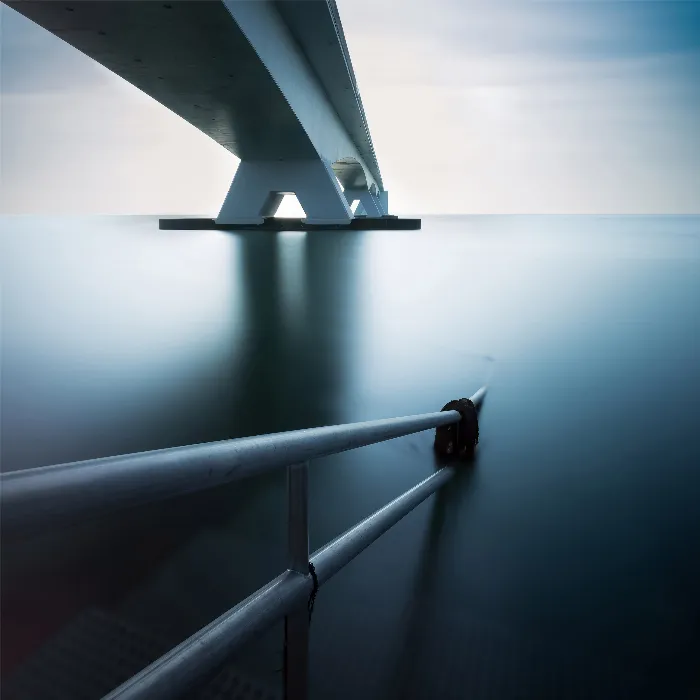You did it and completed the video training on long exposures! Over 3.5 hours full of valuable knowledge lie behind you. This guide is intended to help you consolidate your knowledge and get the most out of your future long exposures. We illuminate the key insights and provide you with a step-by-step guide so that you can directly implement your skills in practice.
Key insights
- The use of the right equipment is crucial.
- Additional materials such as tables for exposure times are extremely helpful.
- Exchange in a community enhances the learning curve.
- Feedback from others can significantly improve your skills.
Step-by-step guide
1. Choose the right equipment
The right equipment is the first step towards achieving impressive long exposures. Consider which camera and lens you want to use. The recommended equipment items in the video are based on years of personal experience. Invest in high-quality materials that can support you even in challenging conditions.
2. Use additional materials
The additional materials provided in the course can be of great value for your photographs. Especially the table with exposure times and ND filter strengths should be printed out and kept in your camera bag. This way, you always have access to the most common exposure times and ND filter values, allowing you to quickly and effectively calculate exposure times without relying on apps. This gives you more flexibility and confidence when photographing.

3. Seek community and exchange
Exchanging ideas with other photographers can greatly boost your skills. The special Facebook group offers you the opportunity to share your work and receive constructive criticism. This feedback process is essential for further developing your own style. Be active, showcase your images, and learn from the suggestions of the community and the leadership. This keeps the creative exchange vibrant and helpful.
4. Clarify questions
If questions arise, do not hesitate to contact me via email. I am open to all inquiries and will do my best to clarify your concerns, even if it sometimes takes a few days for me to respond. One-on-one conversations are often the key to gaining deeper insights into specific topics of long exposure.
5. Attend live workshops
If you want to deepen your knowledge further, check out the offerings of my workshops. Participating in a live workshop not only gives you the opportunity to receive direct feedback but also the chance to learn in a creative environment and clarify questions in real time.
6. Gather feedback and experiment
After learning new techniques, it's important to apply what you've learned. Test your new skills with concrete projects and challenge yourself. Share your results in the Facebook group or get feedback from friends and other photographers. By recommending the course, you can also inspire others to improve their photographic skills.
Summary – Perfecting long exposures: Tips and tricks for your photography
You now have all the essential information and action steps to elevate your long exposures to a new level. Use the equipment lists, participate actively in the community, and don't hesitate to ask questions and gather feedback. Your growth as a photographer begins here!
Frequently Asked Questions
How can I find the additional materials?The additional materials are linked in the course description and should be downloaded.
What should I do if I don't receive an answer to my email?I reply to all emails, but it may take a few days for me to respond.
How can I actively participate in the Facebook group?Share your images, ask questions, and also provide feedback to other members.
Are there offline workshops as well?Yes, you can find the current workshop offerings on my website, which also includes long exposure topics.
Are the contents of the course suitable for beginners?Yes, the contents are designed so that both beginners and advanced learners can benefit.
